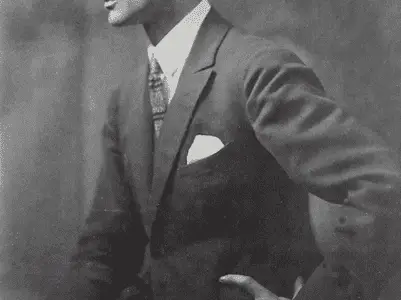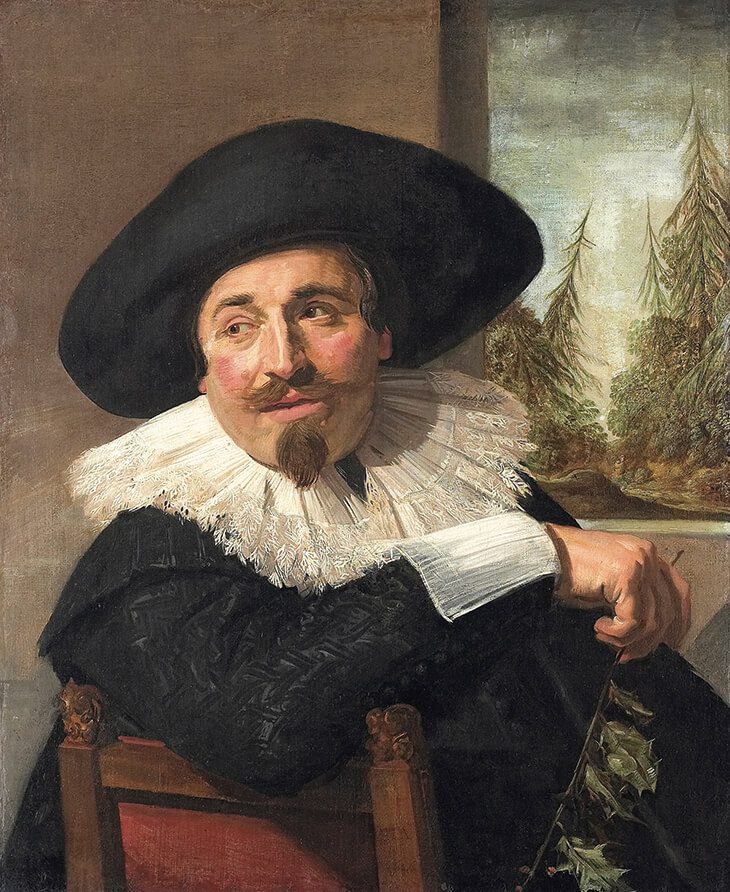All About The Music Lesson by Johannes Vermeer

Title of Artwork: “The Music Lesson”

Artwork by Johannes Vermeer
Year Created 1662-1665
Summary of The Music Lesson
The Music Lesson, one of Jan Vermeer’s most famous paintings, depicts the importance of music in his work. Like Vermeer, the Elder created scenes like these, although he was more of a portrait and genre painter than Vermeer himself. During the duet in Mieris’s The Duet (1658), a servant brings over a drink and a music book for the couple to enjoy as they make music together. Vermeer’s scene is less active than Mieris’, but he gave ambiguity to the action depicted in the picture as a result. A tutor may have been implied, but iconography shows that he might be someone else’s lover or a suitor, as opposed to her tutor in the title.
All About The Music Lesson
The kind of tunes performed on the virginal honored love and the comfort it provides, and music is a symbol for harmony and love. The virginal was most likely made by or was influenced by the style of workmanship of renowned Antwerp instrument maker Andreas Ruckers. Young women in affluent families may practice on the exquisite instrument like virgins in Vermeer’s day. It says on the lid of the virginal Vermeer, MUSICA LETIATIAE CO[ME]S/ MEDICINA DOLOR[IS], that “Music is companion and balm in joy.” The wording alludes to pleasure and comfort, implying a love relationship between the two people shown.
The young woman’s face is shown by a mirror above the virginal, a smart touch by Vermeer. The young man’s image in the mirror matches his interest in the lady performing. Vermeer included a piece of his easel in the mirror image, revealing his personal presence. The artist’s location and look on the subject are shown via the inclusion of the easel. It’s possible to deduce that the artist is as engrossed in the act of painting as the guy is with the lady performing.
It has a picture of Roman Charity on the rear wall that tells the tale of Cimon and his daughter Pero, who managed to rescue their father from execution through love and dedication. Pero is revered as a symbol of Christian compassion and spiritual love. A white jug is just under the picture, and it may represent sensual sustenance. As a result, the iconography supports the overarching idea of spiritual and physical love throughout the work. The artist also painted a bass viol in the foreground. Because Vermeer painted over the floor tiles and the woman’s red robe using infrared technology, this was a later addition to the painting. The two instruments represent a prospective romantic connection between the young man and lady by implying shared joys and harmony.
The artwork was originally ascribed to Frans van Mieris the Elder based on documents that are now accessible. The mistake was made because the signature was misread. An exhibition of the work at the Royal Academy in London in 1876 formally recognized it as a Jan Vermeer.
Information Citations
En.wikipedia.org, https://en.wikipedia.org/.
Recommend0 recommendationsPublished in Artworks








